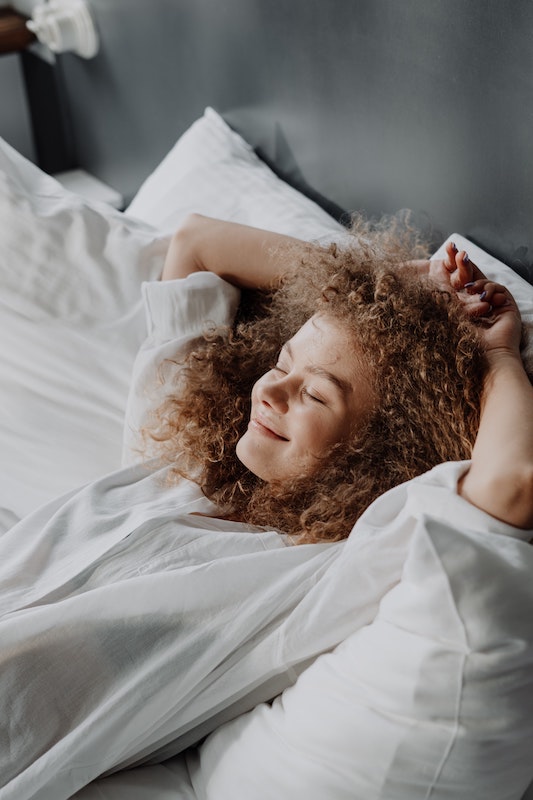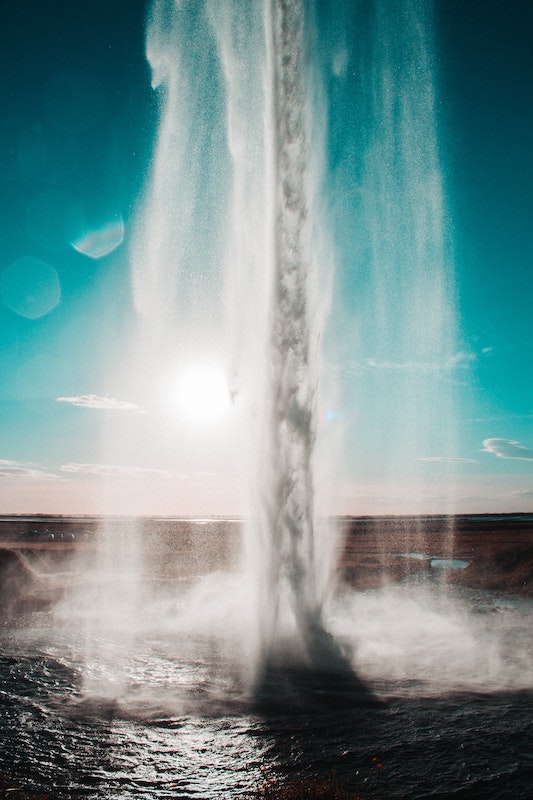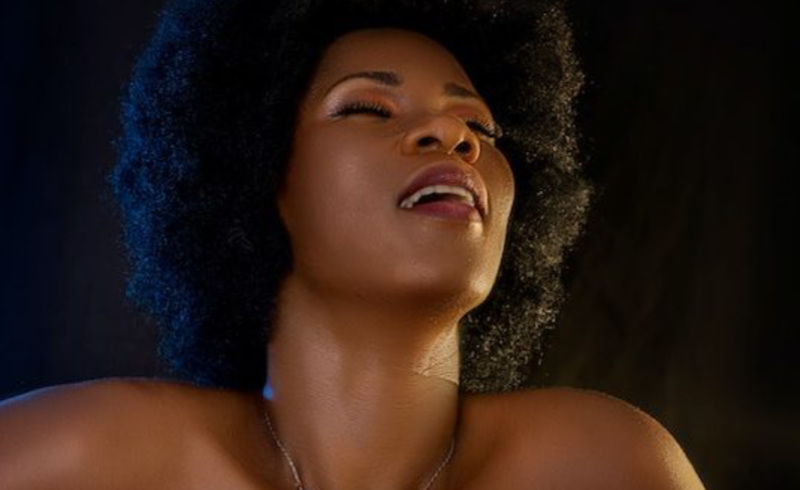Squirting…is a multifaceted sexual experience that has everybody talking. What exactly is it? Those of us with vulvas might ask, how can I learn to squirt? Or, how can I learn not to do it? For some it feels like an elusive mystery to strive for, while for others it can feel like a challenge they wish they had more control over. What is squirting to you? Let’s dive into this juicy topic!
What is Squirting?
Squirting has long been referred to as “female ejaculation,” which isn’t always accurate because it places gender at the forefront. We know now that people with vulvas can identify as female, male, nonbinary, etc.
Squirting: a person with a vulva experiencing an outflow of fluid during sexual stimulation. While the volume of this liquid varies, it’s typically believed to be about 2 ounces on average. Squirting has been a matter of scientific debate since antiquity, with doctors dismissing it as “coital incontinence”–basically they thought it was simply a loss of urine during sex. However, a 2017 study showed that the contents of the liquid was definitely different from urine!
The release of fluid can happen as a forceful stream or as a gush and can be experienced externally or internally. Each body is different, so there’s no wrong way to squirt.

How does it feel?
Studies show that most people who squirt enjoy it! And most partners agree that it can often enhance their sexual experiences. You might notice that you feel intensified orgasms, or a different kind of orgasm with this kind of release. It doesn’t always happen alongside an orgasm, so on it’s own it can feel quite different from your usual orgasmic sensation.
How can I teach myself to squirt?
It’s normal to squirt. It’s also normal not to squirt. Because each body is different, some people have always squirted during sexual stimulation, while others never have. Here’s the liberating thing: in learning more about sex and your body, you can learn new skills that enhance your abilities and experiences. Here are some pointers on how to squirt if you’re curious!
- Explore your body on your own. Set aside time to touch yourself and find your sensitive pleasure spots. Find your g-spot, explore which sensations you enjoy most. Play with yourself in new and pleasurable ways.
- Relaxing and sinking into the pleasure is the best thing you can do to increase your chances of squirting.
- People often feel the urge to urinate when they are close to squirting. So, they might feel tempted to back off or to stop. When you’re aroused, the tissue around your urethra is flooded with blood that presses against your bladder, so the peeing sensation makes perfect sense, but it doesn’t mean you’re going to pee. To help reduce this concern, try using the toilet before sex. Relaxing past this feeling might lead you to deeper discovery and access to squirting.
- You can squirt via clitoral, vaginal, or anal stimulation! Try what sounds appealing to you, or try combining simultaneous stimulation.
- G-spot stimulation. Whether solo or with a partner, g-spot stimulation is one of the tried and true methods of learning how to squirt. In my previous blog I shared in-depth about where and how to stimulate this area which is typically found on the front inner wall of the vagina just 2 or 3 inches in. Remember that each body is different and your g-spot might be higher or lower than someone else’s..
- Toys: There are toys that are designed especially for g-spot stimulation. One of the most popular is the Womanizer Duo, and combines g-spot vibration and clitoral suction. Some other excellent toys to practice with are Lelo Soraya rabbit style vibrator, the Lelo Gigi 2 and the We Vibe Rave that vibrate and stimulate your g-spot, or the Njoy Pure wand for a cool metal sensation.
- Practice: Whether partnered or solo, practicing relaxing (use your breath) and sinking deeper into pleasure (by going slowly and paying attention to nuance) will greatly enhance your sex life.
- Pushing outwards vaginally (rather than tensing and pulling upwards vaginally) will help you increase the possibility of ejaculating.
- For more detailed information or good reading / a workshop to attend, consider looking into Deborah Sundahl. She is a pioneer in adult sex education and easily one of the reasons squirting gained so much popularity and acceptance in the 1980s. Sundahl currently has workshops available to attend both in person or online and also has a book all about squirting and the g-spot.

If I already squirt, can I teach myself to stop?
For some, squirting just happens every time and it always has. Since there can be a lot of fluid, it can be a nuisance if you are not prepared. As with any other skill, we can learn new ways to encourage the outcome we would like to experience. Figuring out new ways to pleasure yourself that don’t lead to squirting can be a relief for some, especially if you aren’t in a situation that accommodates this kind of release. Experimenting with yourself or a partner will help you learn more about your body and what sensations lead to specific results. Deborah Sundhal encourages pushing outwards / bowing downwards (vaginally) when you want to practice learning how to squirt and pulling upwards (vaginally) when you want to curb or minimize the possibility of squirting.
No matter how you experience sex, if you’re having fun then you’re doing what feels right to you! Remember that there is no right way to experience sex. Have fun, learn, experiment, and explore the wide variety of pleasures that lie ahead!
Please feel free to reach out to me if you are seeking support on your sexual journey.

